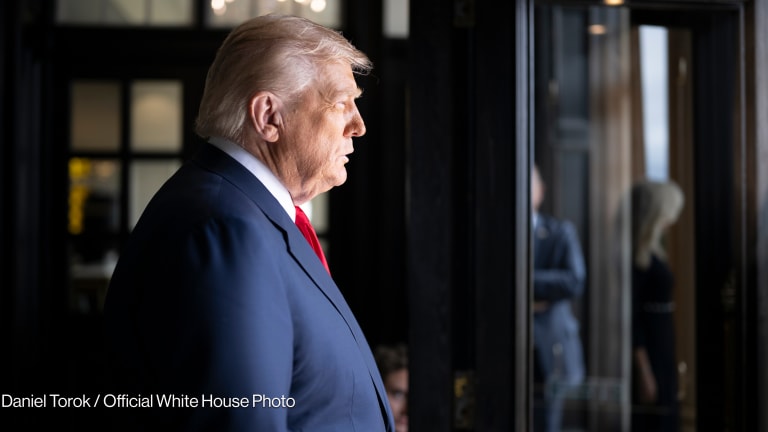The Trump administration’s latest plan for the U.S. State Department would cut the agency’s funding by nearly half, according to an internal memo — and would reduce foreign assistance funding alone by $21.5 billion, or 56%.
The State Department has subsumed the little that’s left of the U.S. Agency for International Development, which was once a $40 billion agency. But with this new proposal, U.S. foreign assistance would face sharper cuts still. Humanitarian assistance, global health funding, and United Nations agencies are some of the hardest-hit, with the proposal slashing funds by 55%, 54%, and 89%, respectively.
The memo, which was obtained by Devex on Tuesday, was first reported by The Washington Post. It was written by the reportedly ousted Peter Marocco — who led the State Department’s Office of Foreign Assistance until days ago — and Douglas Pitkin, the department’s budget director. In the memo, Marocco and Pitkin highlight recommendations from the White House’s Office of Management and Budget, or OMB, to which the State Department was required to respond by Tuesday, April 15.








